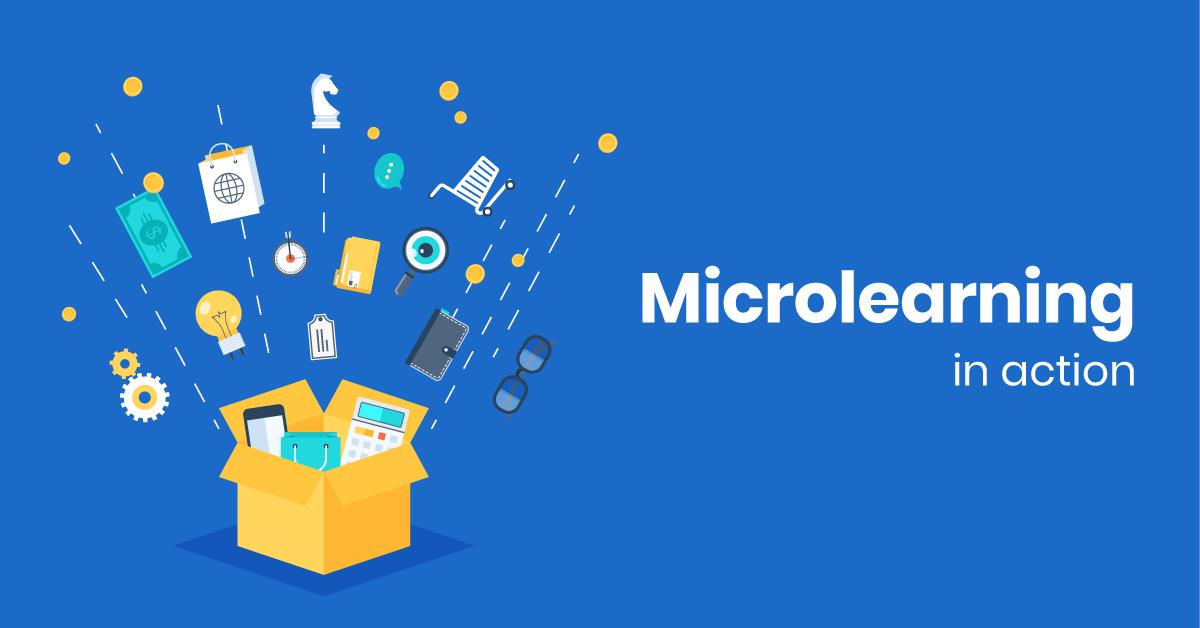
There isn’t any doubt that we are living in a technological age. Each day, people utilize their computers and mobile devices to stay connected and expand their knowledge. As such, elearning has been on the rise in recent years, and an increasing number of students are beginning to see the benefits that this convenient and invaluable educational resource can offer. However, elearning would probably not be possible without one key tool: the LMS.
Why are learning management systems so important to education?
An LMS (or Learning Management System) is a package that enables students to receive learning content and educational resources to continue their educational endeavors online. In essence, the LMS is the system that establishments can use to offer their online virtual courses. It typically boasts a wide range of essential features, such as the capability to enroll new students, deliver elearning courses and educational content, and manage the tests that are provided to the student.
Learning Management Systems also enable students to learn anywhere, at any time. Therefore, even those who may not have time for traditional learning can benefit from these courses. Students can complete and deliver coursework and track their progress. Also, it enables the elearning provider the ability to manage class rosters and interact directly with their virtual pupils.
What are the benefits of an LMS?
There are a wide range of advantages that are commonly associated with a Learning Management System, such as:
- Enables documents, such as course materials and tests to be uploaded and reused over an infinite period of time.
- Allows teachers and curriculum designers to deliver content to students almost instantaneously and evaluate the completed work based upon their preferred grading techniques.
- Gives students the power to track their work, as well as keep an up-to-date calendar of assignments and tests.
- Enables students to have access to courses whenever they like rather than based upon a set schedule. Therefore learners are able to learn at their own pace and get the most out of their education.
- Allows companies to maximize their human resources by using an LMS to track employees’ development.
LMS can lower the cost and increase the productivity of companies offering training, since it streamlines the content delivery process and serves as a foundation upon which they can build their virtual learning institution. Ultimately, an LMS is the software that will enable students and teachers or subject matter experts (SME) from all walks of life to create a brighter educational future.
Types of learning management systems
There are quite a few online learning management systems to choose from. While each has its own set of advantages (for example eFront being most suited towards enterprises), elearning providers will often find that one particular LMS is better suited to their needs. Here are the three main types of learning management systems:
- Proprietary– though still in use, this type is slowly being phased out, given that is centered around computer based training systems alone. Also, it doesn’t allow users to easily import or export curriculum components or coursework.
- Standard based– this is the most popular form today. It allows for easy distribution of content and incorporates many new technologies that the proprietary ones cannot. It relies heavily on SCORM (sharable content objects), which means that students and instructors alike have quick and convenient access to coursework, curriculum and research documents.
- Open Architecture– this type allows for easy sharing of contents and curriculum between other LMS systems. An open architecture also involves a more lengthy set up and design process.
There are also other considerations to take into account when choosing your LMS. Commercially based or free. If you opt for commercially based, then there are two primary options: installed and cloud based. Though commercially based ones cost more, you are provided with access to support staff and generally are offered more enhanced features and no bugs.
What are the key features of an LMS?
While the industry standard for each of the Learning Management Systems that have been mentioned can greatly vary, there are a few key elements which virtually all systems include:
- Ability to create class rosters and waiting lists
- Facilitates the online class registration process
- Stores and delivers documents that are essential to the core curriculum
- Offers a web interface, in which the instructor and student can interact, via email and discussion forums
- Creates course calendars and class reminders
- Allows for simple and straightforward assessments and testing
LMS is the future of education and offers both students and elearning providers alike the ability to deliver or receive content that can further educate them.
With each type of these systems, students can simply log in to an easy to use web interface and begin expanding their knowledge, as well as interact with instructors who may very well be located half a world away.


